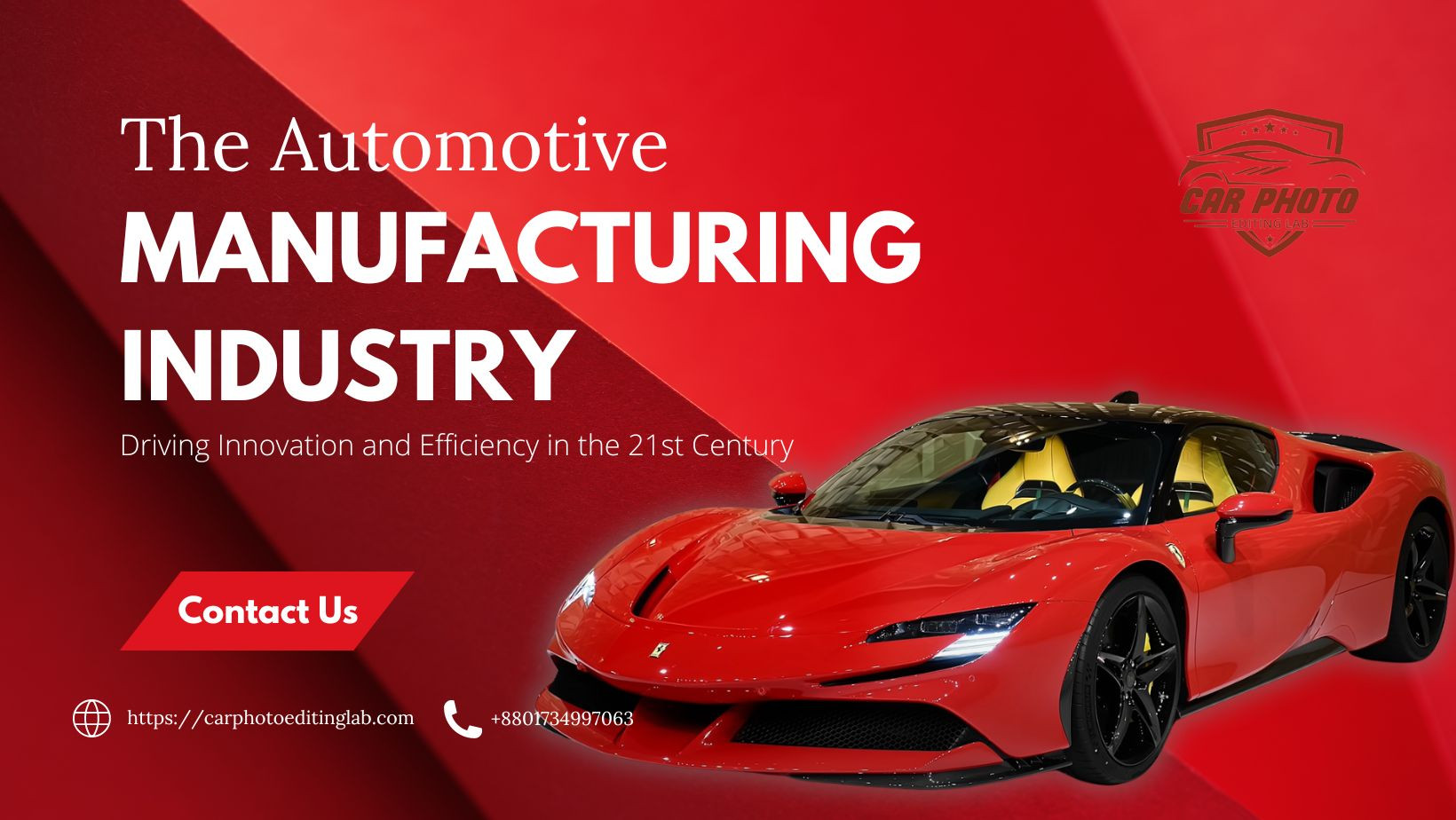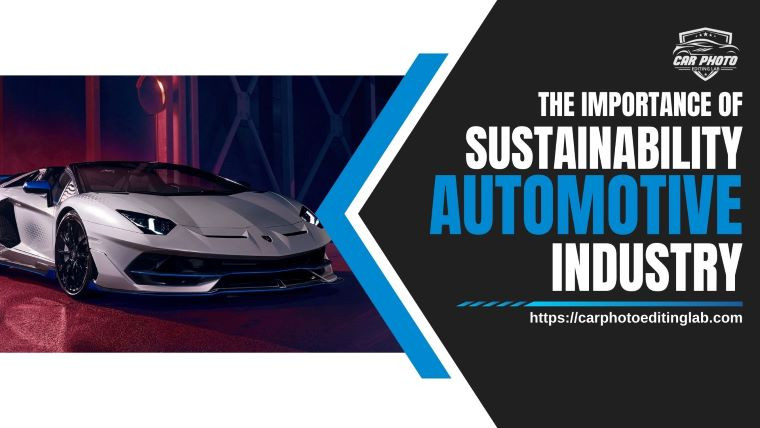-
Contact us with Whatsapp:
+8801734997063 -
Mail Us:
[email protected] -
Service Hours
24/7
Automotive Fundamental
-1707130269.jpg)
Feb 2024
- 05 Feb 2024
- Business Solution
- 0 Views
Automotive Fundamental
At present, no one can be found who is not familiar with the word automotive. In this era of luxury, automobiles have become a basic need. By revenue it is one of the world's largest industries. Constantly, Rolls Royce, Ferrari, Lamborghini, Tesla, Toyota, BMW, and Mercedes-Benz like luxury brands are launch their debuts in the market as eye-catching cars, which is leading to a new chapter of human luxury. Today, in this article, we will discuss the basis of the automotive business. Let's beginning
What is Automotive Industry?
The automotive industry, often simply referred to as the auto industry, is a broad and diverse sector that encompasses the design, development, manufacturing, marketing, and sale of motor vehicles. These motor vehicles can include cars, trucks, motorcycles, and other types of vehicles. This involves the assembly of vehicles, including the production of engines, chassis, and various components. It can range from large-scale mass production facilities to smaller, specialized manufacturing operations. It's also influenced by market trends, consumer preferences, economic conditions, and global competition. As a result, it's a complex and dynamic industry that plays a substantial role in modern society and the global economy.
History of Automotive Industry
The history of the automotive industry is a fascinating journey that spans over a century of technological innovation, economic growth, and cultural transformation. The concept of a self-propelled vehicle dates back to the 18th century, but it was in the late 19th century that significant developments occurred. In 1885, Karl Benz built and patented the Motorwagen, often considered the first true automobile powered by an internal combustion engine. In 1886, Gottlieb Daimler and Wilhelm Maybach developed a smaller gasoline-powered engine and installed it in a stagecoach, creating a practical motor vehicle.
The early 20th century saw the establishment of numerous automobile companies, including Ford, General Motors, and Chrysler in the United States, and companies like Mercedes-Benz and Rolls-Royce in Europe. Henry Ford's introduction of the assembly line in 1913 revolutionized production methods, making automobiles more affordable and accessible to the masses.
The 1950s and 1960s are known for iconic cars like the Chevrolet Bel Air, Ford Mustang, and Volkswagen Beetle. The development of interstate highways in the United States further fueled the industry's growth. The latter half of the 20th century and the early 21st century saw globalization and increased competition in the automotive industry.
The history of the automotive industry is a fascinating journey that spans over a century. Here's a brief overview of key milestones and developments:
Late 19th Century: Invention of the Automobile
The invention of the automobile is often credited to Karl Benz, who built and patented the Motorwagen in 1886. This three-wheeled vehicle is considered the first true automobile.
Early 20th Century: Mass Production and Ford Model T
Henry Ford revolutionized the automotive industry with the introduction of the assembly line in 1913. This innovation significantly reduced the cost of manufacturing, making cars more affordable. In 1908, Ford introduced the iconic Model T, which became the first mass-produced car.
1920s-1930s: Automotive Design and Industry Growth
The 1920s and 1930s saw the rise of automotive design and styling. Streamlined, art-deco-inspired cars became popular. The industry experienced significant growth, and competition among automakers intensified.
World War II: Automotive Industry and War Efforts
During World War II, the automotive industry shifted its focus to support the war efforts. Many manufacturers produced military vehicles, aircraft engines, and other war-related equipment.
Post-War Era: Economic Boom and Globalization
After World War II, there was a surge in economic prosperity, leading to increased demand for cars. The 1950s and 1960s witnessed the golden age of the American automobile, characterized by large, stylish cars and innovations like power steering and air conditioning. The industry also began to globalize, with European and Asian automakers gaining prominence.
1970s-1980s: Oil Crisis and Environmental Concerns
The 1970s brought challenges to the industry, including the oil crisis, which led to a focus on fuel efficiency. Environmental concerns also prompted the development of cleaner technologies. Japanese automakers gained market share with fuel-efficient and reliable vehicles.
1990s-2000s: Technological Advancements and Globalization
Advances in technology, such as computer-aided design and manufacturing, improved safety features, and the rise of electronic systems, became prominent in the 1990s and 2000s. Globalization continued, with the expansion of production facilities and increased collaboration among international automakers.
21st Century: Electric Vehicles and Autonomous Driving
The 21st century has seen a growing focus on environmental sustainability, leading to the development and popularization of electric vehicles (EVs). Automakers are also investing in autonomous driving technology, with the goal of creating self-driving cars.
Current Trends: Mobility Services and Connectivity
The automotive industry is evolving with the rise of mobility services, including ride-sharing and car-sharing platforms. Connectivity features, such as infotainment systems and smart technology integration, have become essential in modern vehicles.
The history of the automotive industry is marked by innovation, economic shifts, and societal changes. As technology continues to advance, the industry is likely to undergo further transformations, with a growing emphasis on sustainability and smart mobility.
























0 Comment